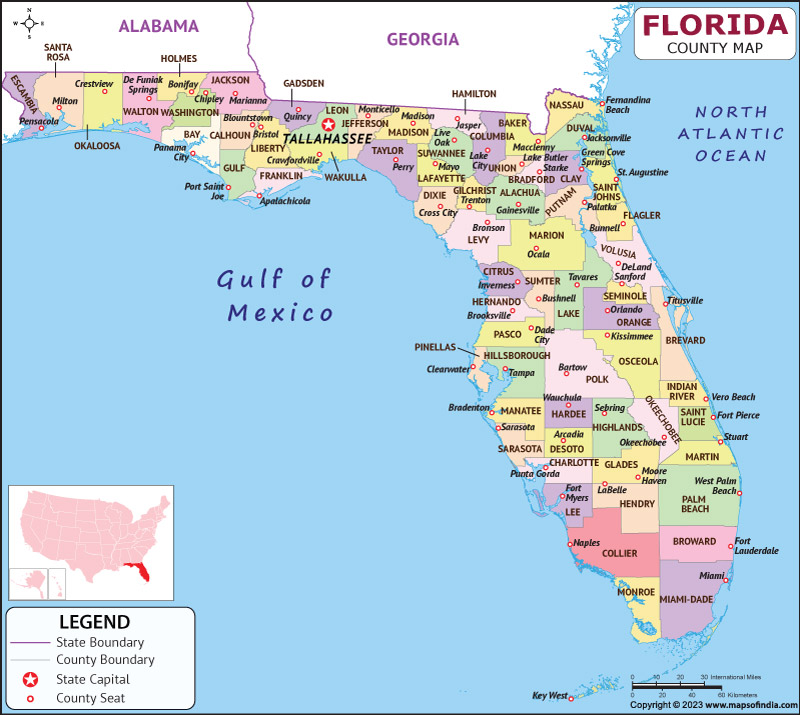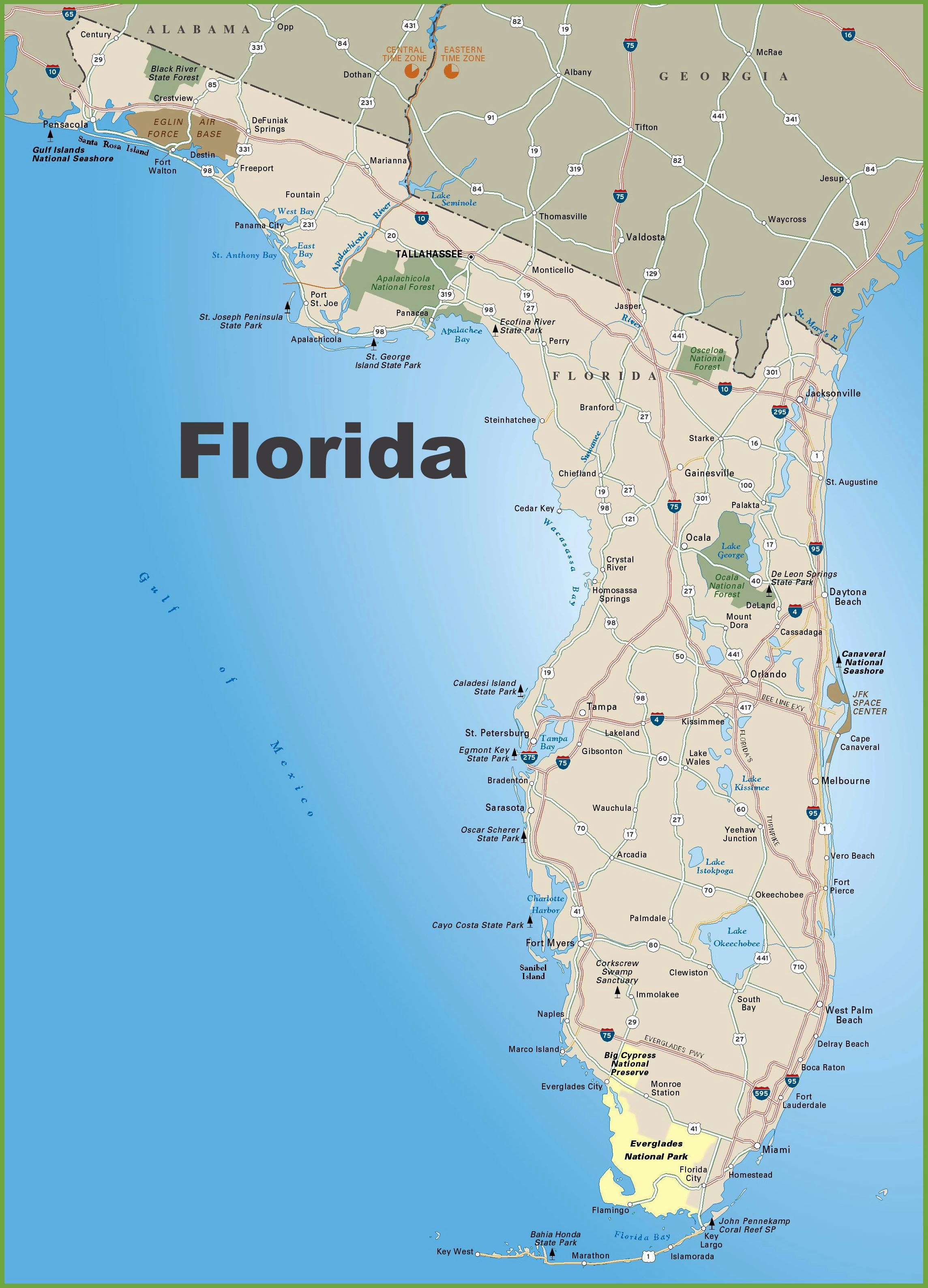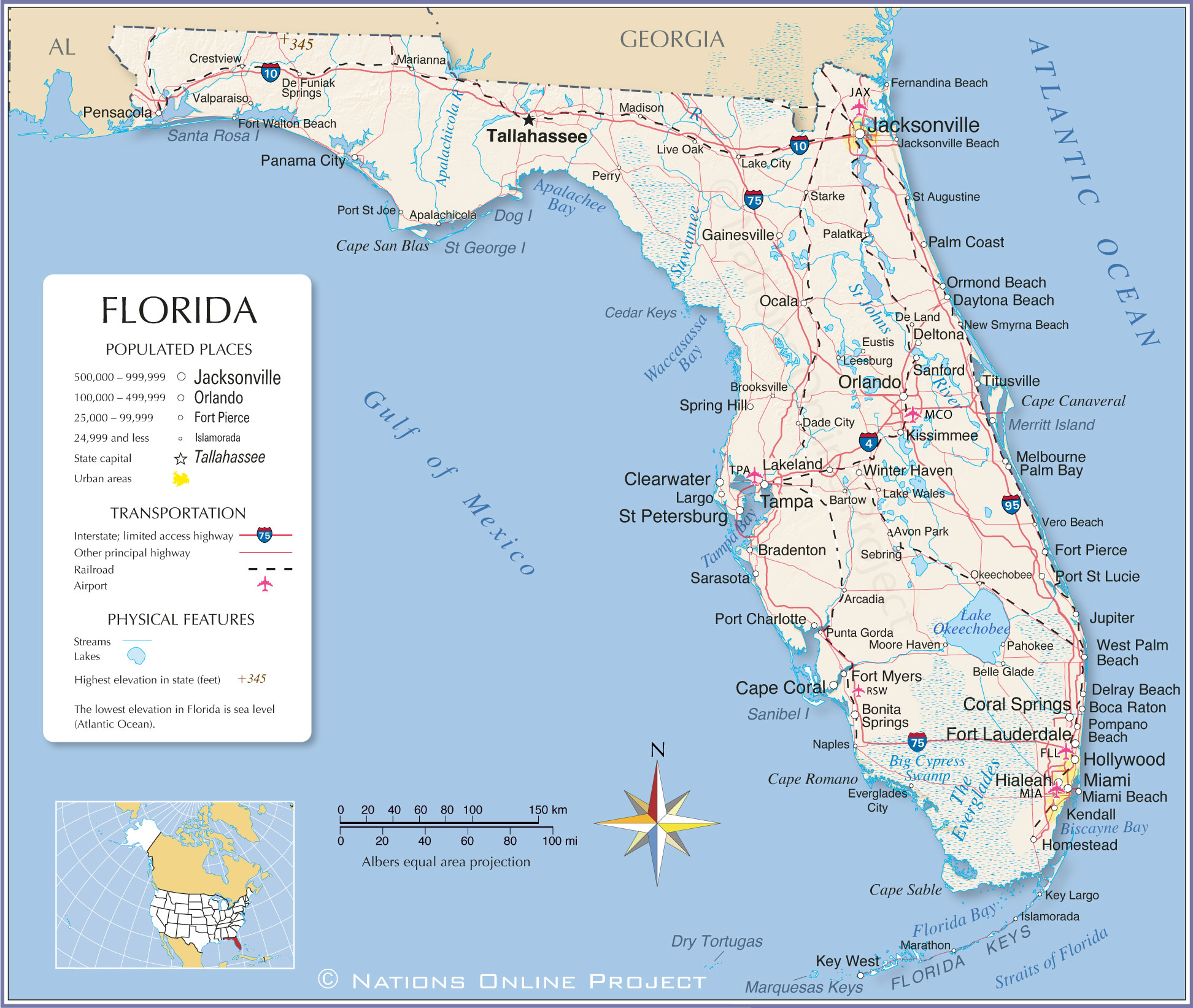
Unearthing Florida’s Ancient Soul: A Traveler’s Guide to Native American Archaeological Site Maps
Forget the theme parks and crowded beaches for a moment. Florida, the Sunshine State, holds secrets far older than its colonial forts, spanning millennia before Europeans ever set foot on its shores. Its true historical depth isn’t always immediately visible; often, it lies hidden beneath palmetto scrub, beneath modern development, or subtly etched into the landscape in ways only a trained eye – or a detailed map – can decipher. For the intrepid traveler seeking a truly profound and off-the-beaten-path experience, understanding and utilizing Florida’s Native American archaeological site maps offers a unique portal into an ancient world. This isn’t a review of a physical location, but a deep dive into the experience of using these invaluable tools to unlock Florida’s most overlooked and sacred heritage.
The Invisible Landscape: Why Maps are Your Best Guide
Florida’s topography, largely flat and often overgrown, can make the identification of ancient sites challenging. Unlike the dramatic stone ruins of the Southwest or Mesoamerica, Florida’s pre-Columbian architecture often consisted of earthworks, shell middens, and timber structures that have long since succumbed to time and weather. Many significant sites are simply elevated areas, subtle depressions, or concentrations of shell fragments that blend seamlessly into the natural environment. Without guidance, you could walk right over a 3,000-year-old ceremonial mound or a vast village complex without ever knowing it.

This is where archaeological site maps become indispensable. These aren’t tourist brochures; they are often detailed GIS (Geographic Information System) overlays, academic research tools, and conservation documents. They pinpoint the precise locations of known archaeological sites, categorizing them by type (burial mounds, temple mounds, shell middens, habitation sites, ceremonial complexes, shell rings) and often providing information on their cultural affiliation and estimated age. For the curious traveler, these maps transform an otherwise undifferentiated landscape into a rich tapestry of human history, revealing the invisible cities, spiritual centers, and ancient lifeways of Florida’s indigenous peoples.
Beyond the Tourist Trail: A Deeper Connection
The "review" here is of the experience of engaging with Florida through the lens of these maps. It’s a five-star recommendation for a travel methodology that promises unparalleled discovery. Instead of following the well-trodden paths, these maps empower you to craft your own itinerary, driven by genuine historical curiosity. Imagine pulling up a map, seeing a cluster of "mound" symbols in a remote part of a state forest, and then planning a hike to seek them out. This isn’t just sightseeing; it’s an active, investigative journey.
This approach offers several key benefits for the traveler:

- Authenticity: You’re not just consuming a pre-packaged history; you’re actively engaging with the raw evidence of the past. It fosters a deeper appreciation for the ingenuity and resilience of cultures that thrived for millennia before recorded history began.
- Unique Exploration: Many significant sites are not developed tourist attractions. They might be within state parks, national forests, or even on less-trafficked public lands. Using maps allows you to discover places most visitors overlook, offering a sense of personal discovery and solitude.
- Educational Immersion: The maps provide context. Knowing that a seemingly natural rise in the landscape is actually a man-made temple mound built by the Weeden Island culture 1,500 years ago changes your entire perception of the place. It encourages research, reading, and a more profound understanding of Florida’s diverse indigenous heritage, from the ancient Archaic peoples to the Mississippian and Calusa cultures.
- Responsible Tourism: By using official or academically recognized maps, you’re guided to known sites, often on public land where visitation is permitted (with strict ethical guidelines). This helps prevent accidental damage to unknown sites and promotes respectful engagement with cultural heritage.

What You’ll Discover: A Glimpse into Florida’s Ancient Past
Equipped with these maps, the traveler can embark on a journey that crisscrosses Florida, revealing a vibrant and sophisticated pre-Columbian world.
-

The Crystal River Archaeological State Park (Citrus County): This is perhaps one of Florida’s most impressive and accessible sites, and a perfect example of what maps reveal. Here, an extensive ceremonial complex, occupied for at least 1,600 years (from 500 BCE to 1400 CE), includes six mounds, a plaza, and a large midden. The maps highlight the precise layout of these features, showing how a massive burial mound, a temple mound with a flat top (likely supporting a structure), and a shell midden containing evidence of massive ceremonial feasts were strategically arranged along the river. Standing atop the largest mound, guided by the map’s context, you gain a sense of the monumental effort and spiritual significance these structures held for the thousands of people who gathered here.
-
Lake Jackson Mounds Archaeological State Park (Leon County): Venturing north to the panhandle, the maps lead to a significant Mississippian cultural site. From 1000 to 1500 CE, this was a regional ceremonial center, featuring multiple large platform mounds surrounding a central plaza. These mounds, some towering over 28 feet high, once supported the homes of chiefs and priests, and perhaps temples. The maps illustrate the strategic relationship of these mounds to each other and to the nearby lake, revealing a complex social structure and a sophisticated understanding of their environment. Here, the "review" isn’t just of the visible mounds, but of the ability of the map to transport you back to a time of powerful chiefdoms and extensive trade networks that stretched across the Southeast.
-
Weedon Island Preserve Archaeological Site (Pinellas County): On Florida’s Gulf Coast, maps point to the type site for the "Weeden Island Culture," a distinctive pottery tradition that flourished from 200 to 800 CE. While many of the original mounds here have been lost to development, the preserve offers interpretive trails that, informed by maps, help visualize the ancient shell mounds, burial sites, and village areas that once defined this coastal community. The maps reveal the strategic location of the site for exploiting marine resources and its role as a cultural innovator whose influence spread far and wide. This is a place where maps help reconstruct a lost landscape, allowing you to walk where ancient people lived, fished, and celebrated.
-
Fort Center (Glades County): For those willing to explore more remote regions, maps can reveal sites like Fort Center, a complex of earthworks and mounds dating back over 2,000 years in the Lake Okeechobee basin. This enigmatic site, with its massive circular ditch, burial mounds, and evidence of specialized wood carving, represents a unique cultural development adapted to the wetland environment. Without detailed archaeological maps and research, the subtle earthworks would be nearly impossible for the untrained eye to fully comprehend. The maps here are essential for understanding the scale and complexity of this deeply significant, yet physically subtle, location.
-
Shell Rings and Middens: Beyond grand ceremonial centers, the maps also highlight the ubiquitous shell middens and impressive shell rings found along Florida’s coasts and rivers. These massive accumulations of discarded shells, often forming circular or semi-circular structures, are the remnants of thousands of years of human habitation and feasting. Sites like those at Horr’s Island or the extensive middens of the Calusa heartland in Southwest Florida, marked on maps, offer a tangible connection to the daily lives and resourcefulness of ancient coastal peoples.
Navigating the Maps: Practical Tips and Ethical Considerations
To embark on this unique travel experience, here’s how to approach Florida Native American archaeological site maps:
-
Where to Find Them:
- Florida Master Site File (FMSF): This is the official repository of archaeological and historical sites in Florida. While the full database isn’t publicly accessible in detail to prevent looting, general information and aggregated maps are often available through state agencies.
- State Parks and Preserves: Many Florida State Parks and county preserves with archaeological significance provide interpretive maps and signage. Check their official websites or visitor centers.
- University Archaeology Departments: Universities like the University of Florida, University of South Florida, and Florida State University often have public-facing projects or publications that include maps of sites they are researching.
- Bookstores and Online Resources: Specialized archaeological guides and history books on Florida’s indigenous cultures often feature maps of key sites. Reputable online sources from academic institutions or historical societies can also be valuable.
- FWC and Water Management Districts: These agencies manage vast tracts of land and sometimes have resources pertaining to archaeological sites within their purview.
-
Public vs. Private Land: Crucially, always verify land ownership. Many sites are on private property and are strictly off-limits without explicit permission. Focus your exploration on designated public lands: state parks, national forests, and county preserves that explicitly mention archaeological resources. Trespassing is illegal and unethical.
-
Ethical Travel – The Golden Rule:
- Look, Don’t Touch: Never disturb artifacts, dig, or remove anything from a site. This is not only illegal but also destroys invaluable historical information. Leave everything as you found it.
- Stay on Marked Trails: If trails are present, stick to them. Going off-trail can damage fragile archaeological features or vegetation.
- Respect Sacred Spaces: Many sites, especially burial mounds, are sacred to contemporary Native American communities. Approach them with reverence and respect.
- Leave No Trace: Pack out everything you pack in. Do not leave trash.
- Educate Yourself: Learn about the culture that created the site you are visiting. This enhances your experience and fosters respect.
-
Safety: Florida’s natural environment can be challenging. Be prepared for heat, humidity, insects, and potential wildlife (snakes, alligators). Bring water, wear appropriate clothing, and inform someone of your plans, especially if exploring remote areas.
Conclusion: A Journey into Florida’s True Heritage
Reviewing the experience of using Florida Native American archaeological site maps is to endorse a profound and transformative way to travel. It’s a journey not just across physical space, but through time itself. By understanding and utilizing these maps, you move beyond the superficial attractions to connect with the very bedrock of Florida’s human story.
This methodology offers a refreshing alternative for the traveler seeking depth, authenticity, and a true sense of discovery. It’s a call to explore Florida not just for its natural beauty, but for the silent whispers of the thousands of years of human ingenuity, spirituality, and resilience that shaped this land long before it was called "Florida." So, ditch the crowded tourist traps, grab a good map, and embark on an adventure that promises to reveal the ancient, beating heart of the Sunshine State. You’ll find that Florida’s true magic lies not just on its surface, but in the layers of history waiting to be unearth – with the right guidance.
